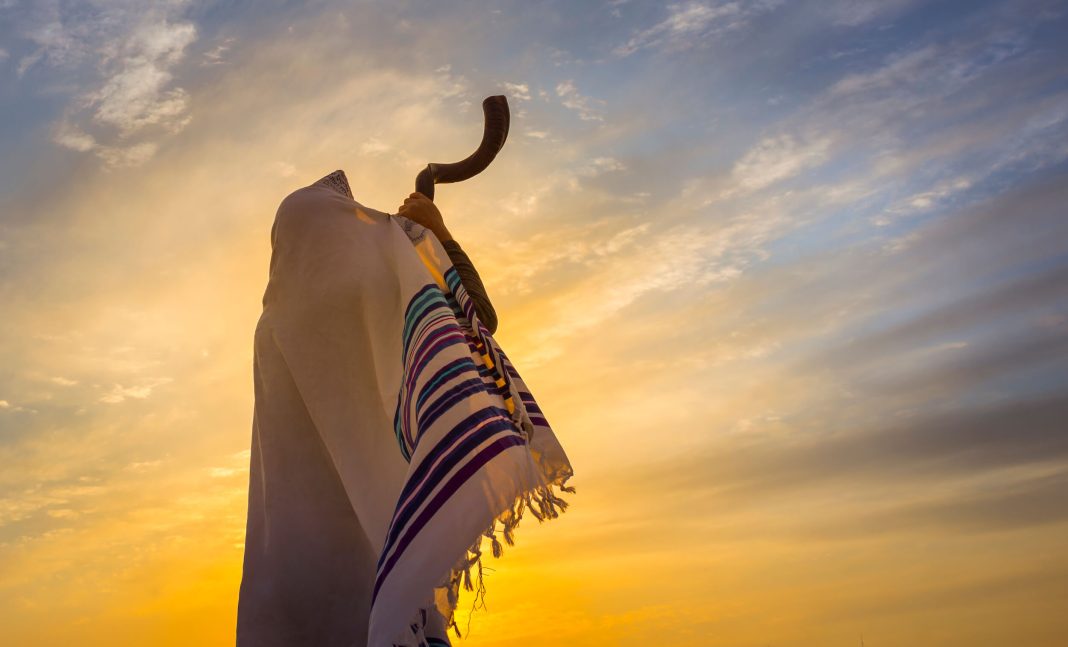Yom Kippur, or the Day of Atonement, is revered as the most sacred day on the Jewish calendar. It calls for repentance, reflection, and renewal, offering a unique opportunity to start anew. Let’s take a deeper look at this powerful holiday with these 12 essential facts.
1. The Meaning of Yom Kippur
Yom Kippur translates to “Day of Atonement.” It is a solemn occasion for introspection, repentance, and seeking forgiveness, both from God and from others.
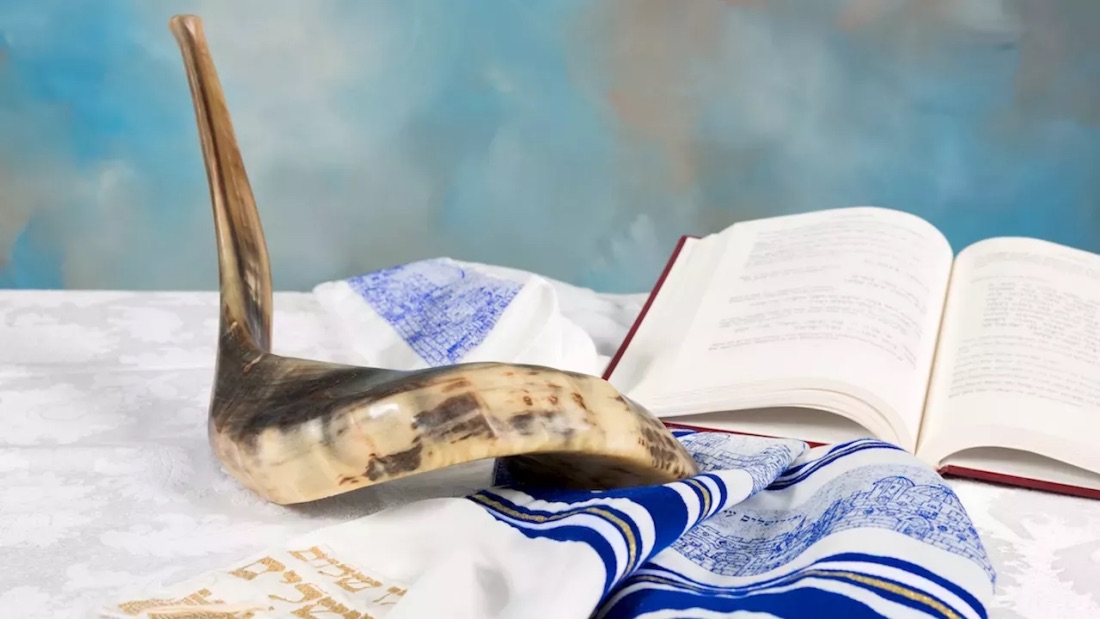
2. When It Happens
Yom Kippur falls on the 10th day of the Hebrew month of Tishrei, following Rosh Hashanah, the Jewish New Year. It marks the conclusion of the “10 Days of Awe,” a period of reflection and repentance.
- Upcoming Dates:
- October 11-12, 2024 (Jewish Year 5785)
- October 1-2, 2025 (Jewish Year 5786)
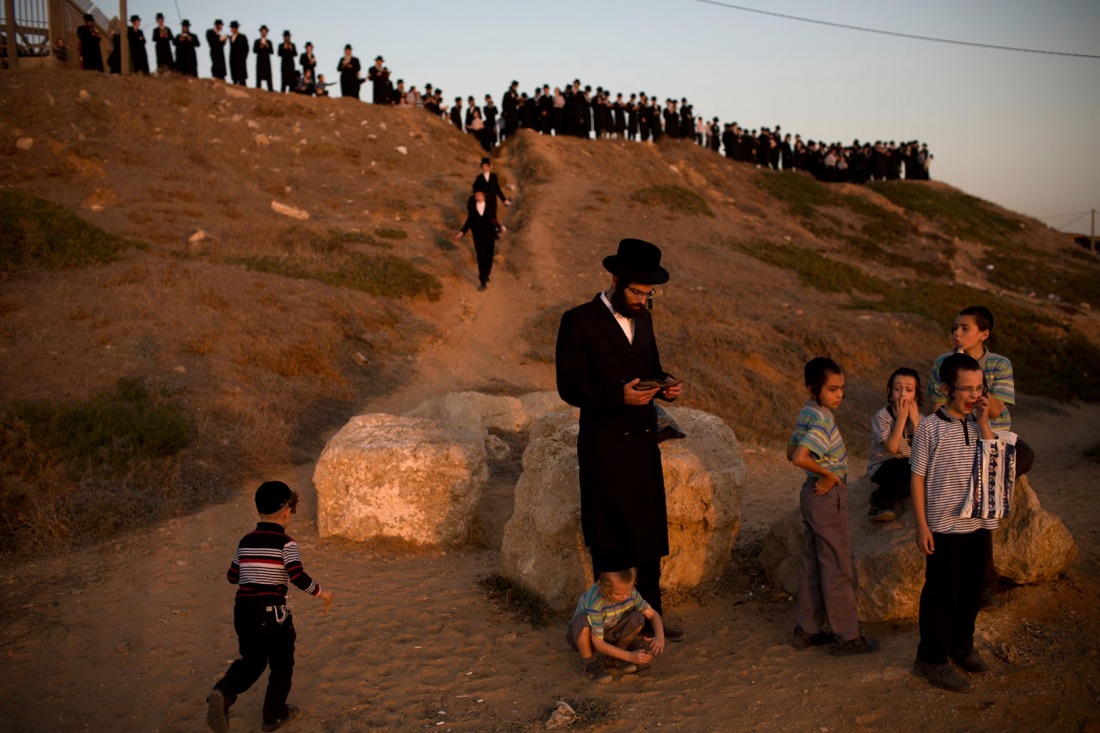
3. How It’s Observed
The holiday begins at sundown and lasts 25 hours. In addition to abstaining from work, participants follow five prohibitions:
- No eating or drinking
- No bathing
- No anointing with oil or perfume
- No wearing leather shoes
- No sexual relations
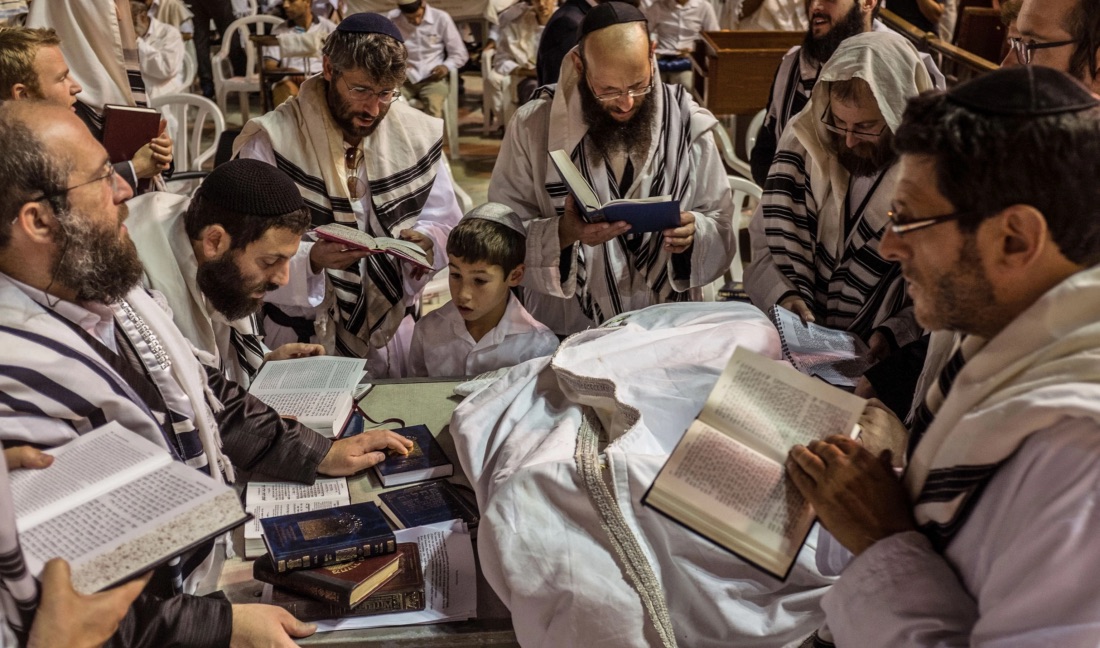
Photograph by Xinhua, Li Rui/Getty
4. The Power of Group Confession
One unique aspect of Yom Kippur services is the communal recitation of the Vidui, a confession of sins. The use of “we” in the confession emphasizes collective responsibility, reinforcing the idea that everyone shares a part in building a better community.
5. Symbolism in Clothing
Many Jews wear white during Yom Kippur to symbolize purity and the hope of spiritual renewal. White garments evoke the image of angels and suggest a desire to live more righteous lives.
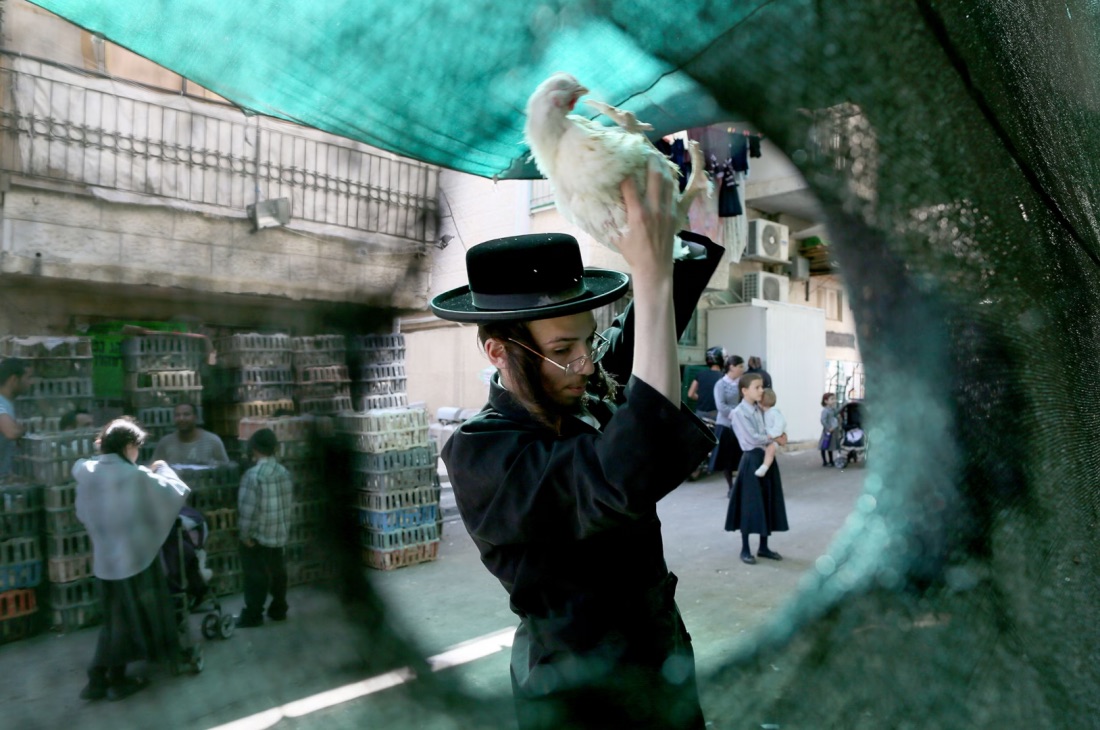
6. The Five Synagogue Services
There are five main services on Yom Kippur:
- Kol Nidrei: The evening service, where vows made to God are annulled.
- Shachrit: The morning service.
- Musaf: An additional service.
- Mincha: The afternoon service, often featuring the reading of the Book of Jonah.
- Ne’ilah: The closing service, concluding with the blowing of the shofar.
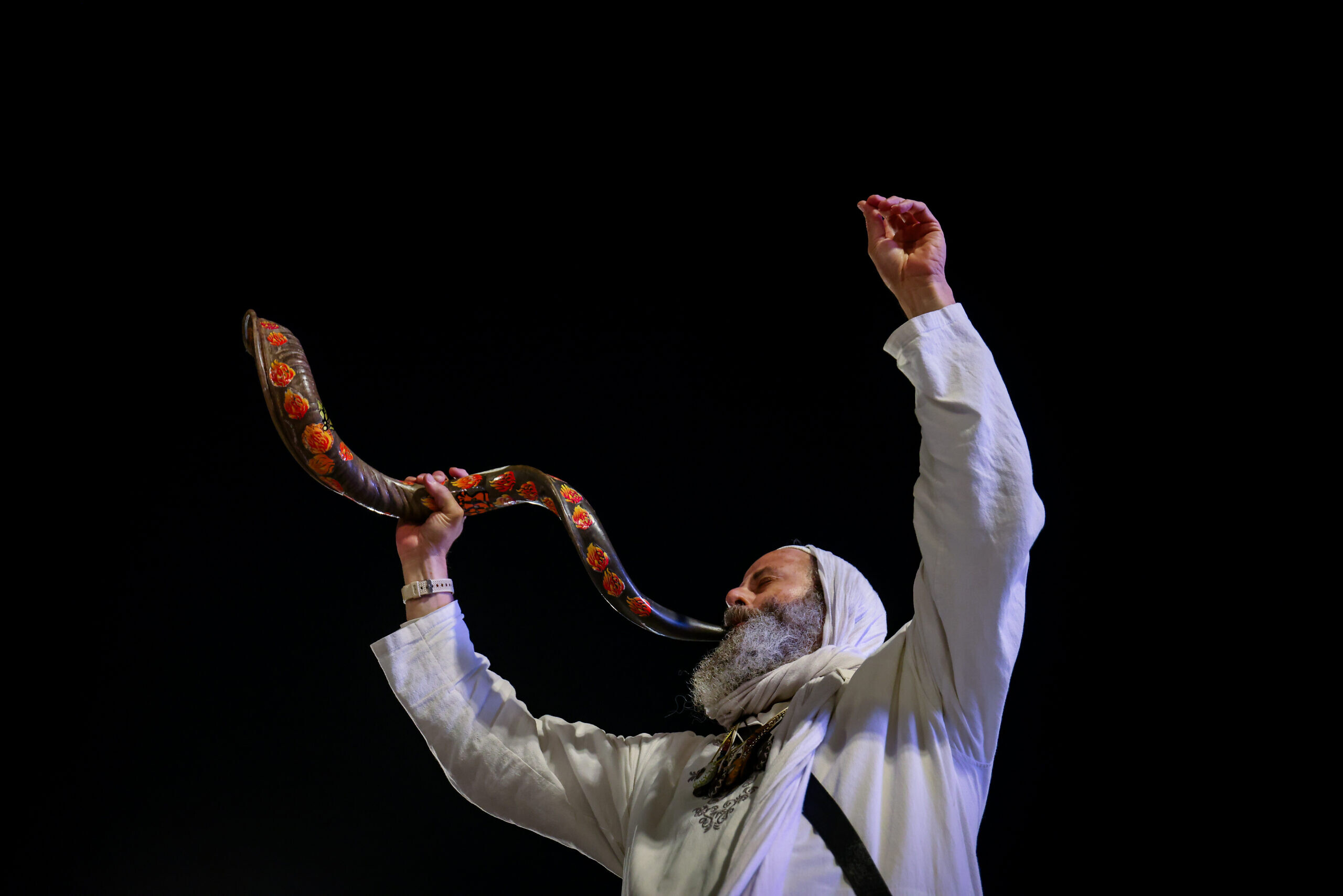
7. The Role of the Shofar
The shofar, a ram’s horn, is blown at the end of Ne’ilah to signify the closing of the fast and the sealing of fates in the Book of Life for the coming year.
8. Why Fasting Matters
Fasting is central to Yom Kippur. By abstaining from food and drink, participants focus on spiritual reflection rather than physical needs, humbling themselves before God.
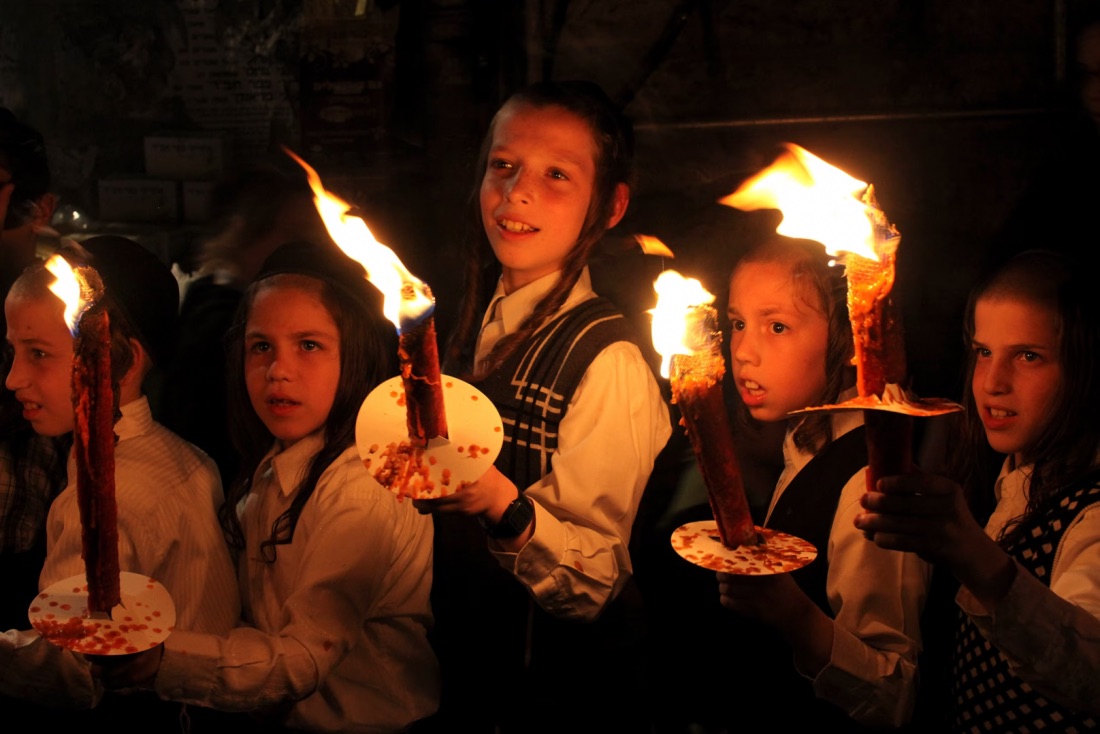
9. A Greeting of Hope
The proper greeting on Yom Kippur is “G’mar Hatima Tova”, meaning, “May you be sealed in the Book of Life.” This reflects the belief that, by Yom Kippur’s end, God seals one’s fate for the year ahead.
10. The Meals Before and After the Fast
- Pre-Fast Meal (Seudah Ha-Mafseket): Simple and low in salt to prevent thirst, featuring challah, chicken, or fish.
- Break-Fast: A celebratory, carb-rich spread with foods like bagels, sweet kugel, eggs, quiches, and sometimes soup or brisket.
11. The Philosophy Behind Yom Kippur
The Day of Atonement emphasises forgiveness and charity, encouraging individuals to make amends with others and reflect on how they can improve in the coming year. Teshuvah (repentance) is central, offering an opportunity to repair relationships and behaviours.
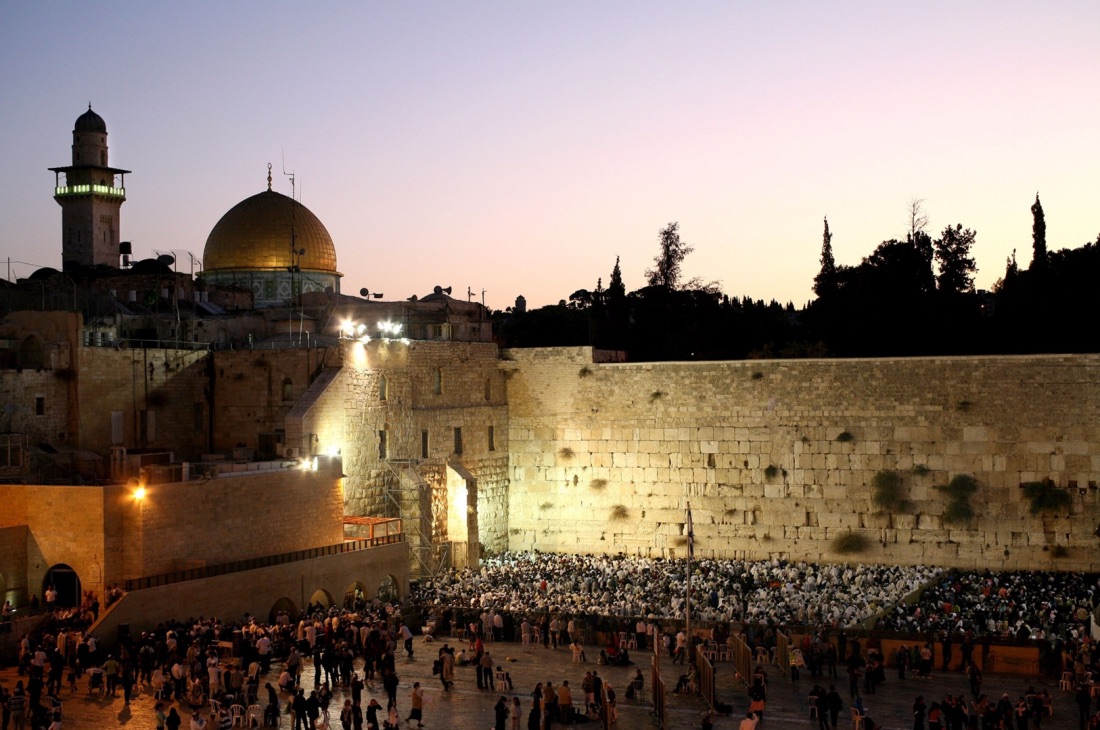
12. Why It Matters Today
Yom Kippur’s focus on humility, self-improvement, and generosity of spirit feels more relevant than ever. It reminds us to acknowledge our shortcomings, seek forgiveness without expecting reward, and approach life with compassion. The holiday’s lessons encourage believers to find meaning in small acts of kindness and foster community bonds.
Whether you observe the holiday or not, Day of Atonement’s timeless teachings about forgiveness, humility, and starting fresh resonate universally. It’s a reminder that every year—and every day—offers a new chance to do better.

